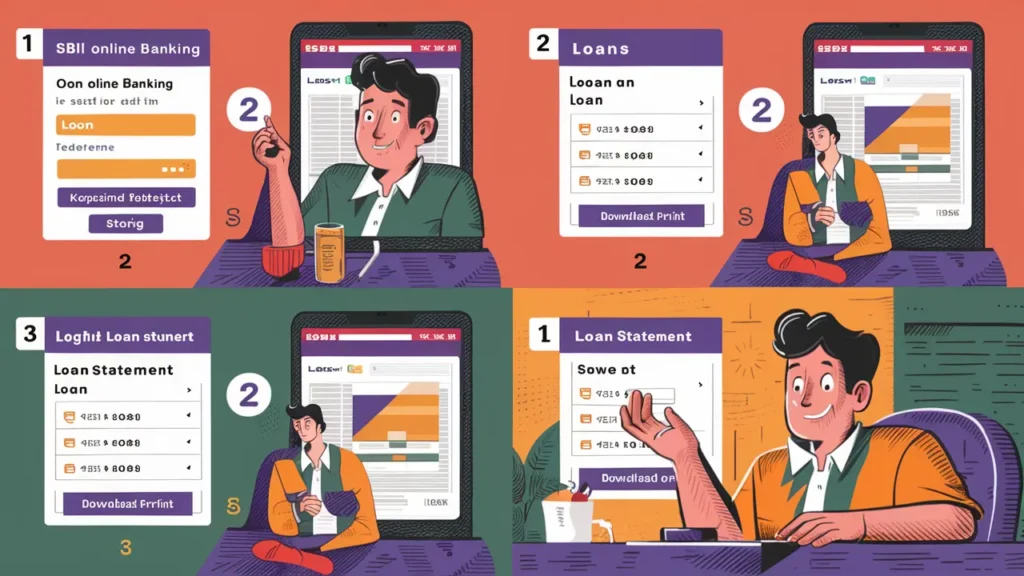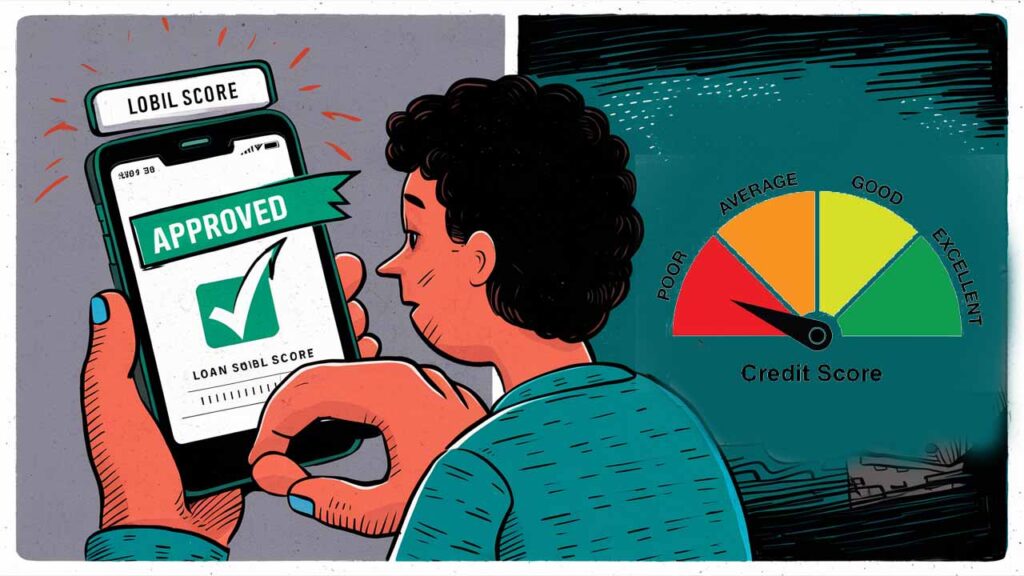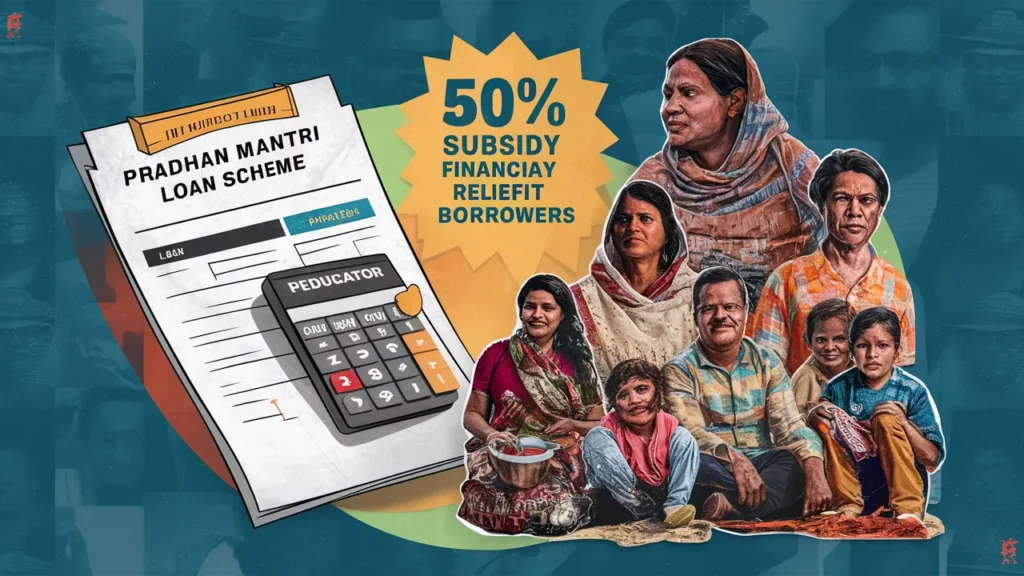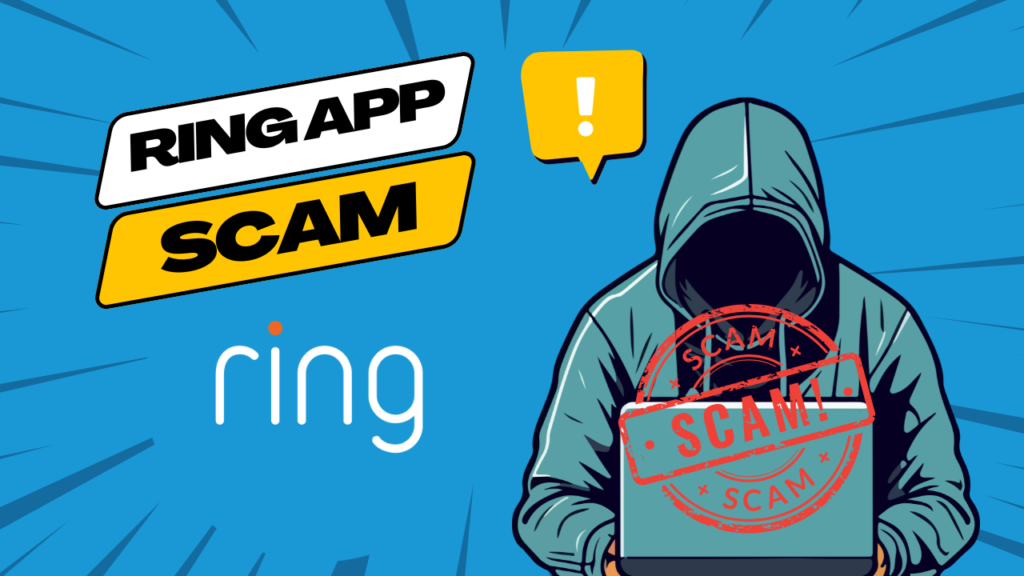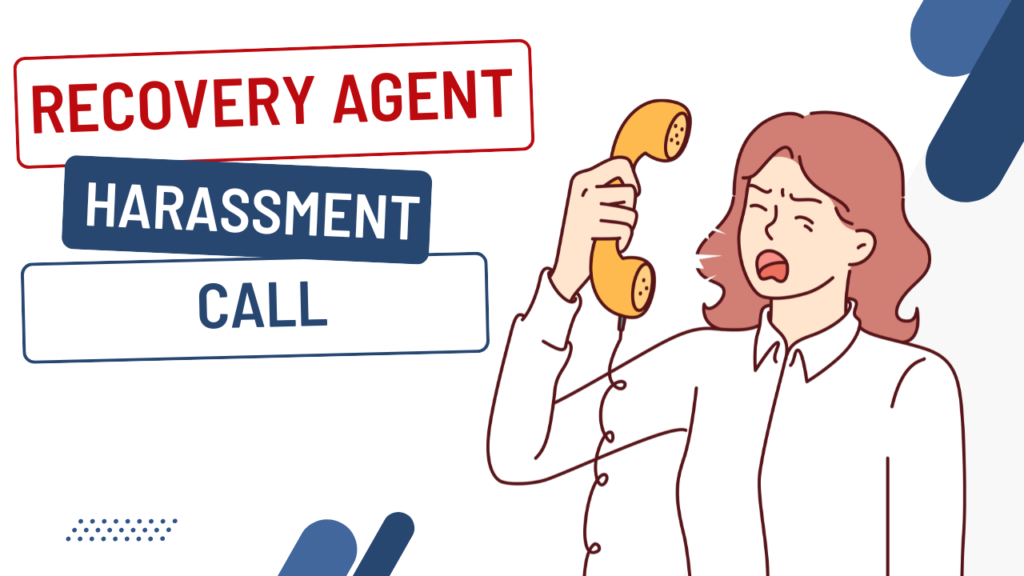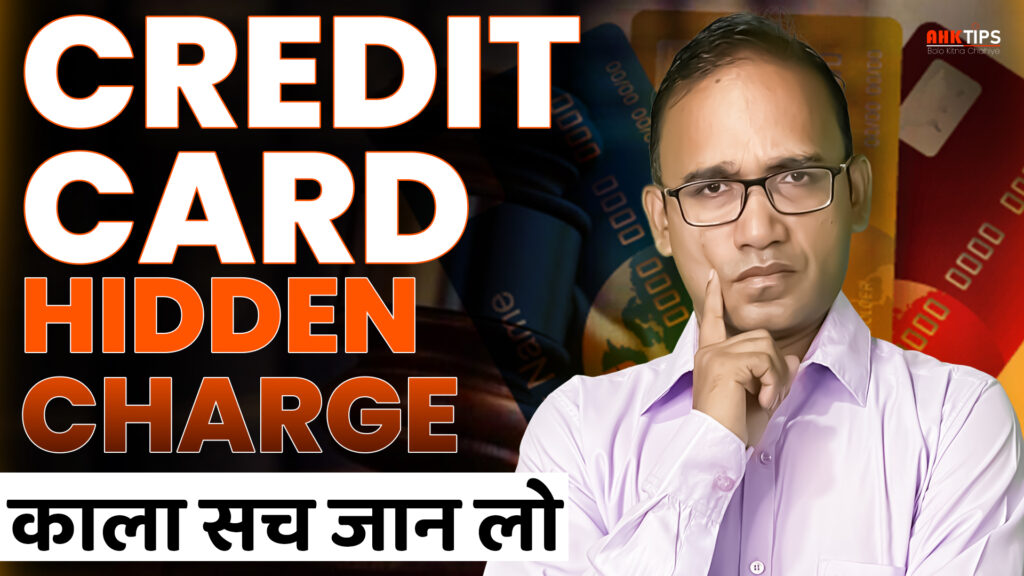Summary
The RBI has mandated guidelines for settlement of personal loan and credit card dues to achieve fairness and transparency. The guidelines are supposed to make lenders follow organized, ethical methods, such as policy for compromising settlements approved by the board and transparency of terms to the borrowers. The borrowers are entitled to receive original property documents within 30 days and are safeguarded from harassment. They also have the authority to make a complaint to the Banking Ombudsman. These guidelines stress transparency, ethical lending, and rights of the borrowers, among which are compensation for delay and safety for heirs. By adhering to these guidelines, both the lenders and the borrowers are able to settle debts while upholding trust and fairness within the financial system.
Introduction of Personal Loan Settlement
Personal loan settlement is the settlement you reach between the borrower and the lender for settlement of existing dues. The Reserve Bank of India (RBI), to ensure fairness and transparency, has released comprehensive guidelines.
Key RBI Guidelines
Framework for Compromise Settlements
The RBI requires regulated entities (REs) to formulate board-approved policy for settlement of compromise. The settlement process includes an arrangement wherein the loan amount is paid by the borrowers partially and the remaining amount is waived off by the lenders.
Technical Write-Offs
Technical write-downs, which document non-performing assets to book accounts without compromising claims against the borrowers, also comprise part of it. It guarantees one to have continuous attempts toward recuperation and maintains records current.
Responsible Lending Conduct
RBI focuses on responsible lending, mandating that the originals of property documents are released within 30 days of loan settlement or repayment. This initiative helps to address grievances of the borrowers and enhance trust levels within the financing system.
Borrower Rights and Protections
Transparency in Settlement Terms
Lenders are to disclose settlement conditions to the borrowers and explain them so that they are aware of what the agreement carries. This encompasses information regarding repayment schedules, waiver values, and any related fees.
Compensation for Delays
When the lenders are unable to hand over property papers within the prescribed time, they are liable to pay compensation. RBI also mandates a penalty for delays due to the lenders.
Support for Legal Heirs
The guidelines also make provisions for handing over property-documents to legal heirs upon the death of the borrower. This makes the transition easy and keeps the rights of family members secure.
How RBI Regulates Credit Card Debt Settlement in India
Introduction to Credit Card Settlement
Credit card debt settlement is an activity whereby the debtors and their lenders negotiate to settle overdue payments. To safeguard the debtors as well as the lenders, the Reserve Bank of India (RBI) guarantees that all such operations are carried out properly and without ambiguity.
Key RBI Regulations
Framework for Debt Settlement
The RBI requires that banks and non-banking financial companies (NBFCs) use a systematic approach for debt settlement. This would involve policy for compromise settlements that are approved by the boards to bring uniformity and responsibility to settle such cases.
Fair Practices Code
RBI Fair Practices Code provides for ethical behavior during debt recovery. The settlement terms need to be conveyed clearly and without employing any coercive methods. This helps ensure respectful and dignified treatment to the borrowers during the process.
Reporting to Credit Bureaus
Settled accounts are to be reported to the credit bureaus according to RBI guidelines. Though this will affect the credit score of the borrower, it ensures a clear record of settlement so that future creditworthiness may be judged.
Borrower Rights and Protections
Transparent Communication
Lenders must give applicants complete information on the settlement process, such as repayments, waiver levels, and all fees involved. This transparency will enable customers to make sound and informed decisions.
Grievance Redressal Mechanism
RBI requires that the lenders adopt a sound grievance redressal mechanism. The unresolved grievances of the borrowers may be escalated to the Banking Ombudsman to ensure their issues are addressed.
Protection Against Harassment
The guidelines also restrict aggressive recovery procedures. The RBI and authorities may be approached by the borrowers if they are subjected to harassment.
Implications for Borrowers
RBI rules are meant to create a fair stage for debt on credit card settlement. RBI rules help people to have confidence in the financial system and effectively pay off their debt via suitable openness, ethical behavior, and protection for those who are borrowing.
Understanding RBI’s Role in Debt Recovery for Personal Loans
Introduction to Debt Recovery
Debt recovery is how the lenders recover outstanding payments owed by those who have defaulted on their loans. Reserve Bank of India (RBI) regulates this process to act fairly and impartially for the consumers and the lenders.
Key RBI Guidelines for Debt Recovery
Ethical Recovery Practices
Lenders and recovery agents are mandated by RBI to practice ethics. There can be no coercion, harassment, or intimidation while recoveries are being made. Dignity and respect are to be accorded while dealing with the borrowers.
Training for Recovery Agents
Agents should be educated and familiar with RBI policies, according to lenders. Agents operating with the borrowers have to have correct documents and authority to guarantee responsibility and professionalism.
Grievance Redressal Mechanism
RBI also focuses on ensuring a sound system for the redressal of grievances. Aggrieved parties can then appeal to the Banking Ombudsman to have their issues addressed timely and justly.
Borrower Rights in Debt Recovery
Transparent Communication
Lenders are obligated to give the borrowers precise and comprehensive information regarding their overdue amounts, available modes of payments, and respective fees. This transparency enables informed decisions by the borrowers.
Protection Against Harassment
The RBI also protects borrowers’ rights to lodge complaints about any form of harassment or immoral act by the recovery agents. RBI takes strict measures against such lenders or agents who contravene these guidelines.
Privacy Safeguards
Lenders are mandated to keep the information of the borrowers confidential. Their personal details must not be revealed to third parties until they are given their consent, respecting their privacy.
Impact of RBI’s Settlement Guidelines on Borrowers and Lenders
Introduction to RBI’s Settlement Guidelines
The Reserve Bank of India (RBI) launched settlement guidelines to promote transparency and fairness while dealing with loan disputes. The steps are designed to safeguard the rights of the borrowers while providing effective recovery for the lenders.
Critical Protections for Lenders
Structured Settlement Process
It compels lenders to follow a systematic approach for loan settlement. Terms of settlement are negotiable for the borrowers to ensure fairness and transparency.
Protection Against Harassment
Coercive recovery practices are strictly barred by guidelines. Harassment of the borrower is avoided to maintain dignity and respect while negotiating settlements.
Transparency in Communication
Lenders have an obligation to inform the borrowers of the full details regarding settlement conditions, including time to repay and amounts to waive. This better prepares the borrowers to make good decisions.
Key Provisions for Lenders
Compromise Settlements
RBI encourages the use of compromise settlements for non-performing assets by the lenders. This is to facilitate the recovery of a portion of the due amount while maintaining financial stability.
Technical Write-Offs
The provisions provide for technical write-offs, which enable lenders to manage non-performing assets efficiently without compromising their claims against the borrowers.
Enhanced Recovery Mechanisms
It calls for effective recovery processes so that dues are collected by the lenders according to ethical guidelines.
Implications for Borrowers and Lenders
Improved Trust and Transparency
Settlement guidelines engender trust between the borrower and the lender by promoting openness and ethical conduct. This makes for a healthy relationship and ensures financial security for the future.
Balanced Approach to Debt Resolution
RBI measures introduce a framework for debt resolution that accommodates the interests of the borrowers and the lenders. This preserves fairness and fosters economic growth.
Encouragement for Financial Discipline
The policy requires compliance and adopting prudent financial behavior to avert future defaults. There are also benefits to lenders from improved recovery processes that enhance their efficiency.
Steps Involved in Personal Loan Settlement as per RBI Norms
Introduction to Personal Loan Settlement
Settling personal loans is a system whereby borrowers negotiate their debts with the lenders. The Reserve Bank of India (RBI) has formulated rules for ensuring fairness and transparency while conducting this process.
Steps in Personal Loan Settlement
Step 1: Assessing Financial Situation
Borrowers need to analyze their financial status to ascertain the possibility of repaying the loan. This entails examining income, expenditures, and existing debts.
Step 2: Initiating Negotiation
Borrowers may approach their financier to explore settlement opportunities. RBI requires that the financier adopt a systematic strategy, which is both fair and transparent.
Step 3: Agreement on Settlement Terms
Once both sides have agreed on the settlement conditions, the lender issues a written document detailing the time for repayment, the amount waived, and fees involved.
Step 4: Making the Payment
Borrowers are also require to follow the agreed repayment plan. Timely payments complete the settlement process smoothly.
Step 5: Release of Property Documents
On successful settlement, the original property documents must be released by the lenders within 30 days. RBI rules mention penalising delays on the part of the lenders.
Borrower Rights and Protections
Transparency in Communication
Settlement conditions need to be clearly explained to the borrowers so they can make an informed choice.
Grievance Redressal Mechanism
Borrowers are able to refer unresolved disputes to the Banking Ombudsman so their issues are dealt with quickly.
What Are the Legal and Ethical Aspects of Credit Card Settlement According to RBI?
Introduction to Credit Card Settlement
Credit settlement is an activity whereby the borrowers and lenders settle dues. The Reserve Bank of India (RBI) enforces legal and ethical frameworks ensuring equality and transparency for settlement processes.
Legal Aspects of Credit Card Settlement
Framework for Settlement
RBI requires banks and non-banking financial institutions (NBFCs) to adopt a systematic framework for settlement of credit cards. These include board-approved guidelines that regulate consistency and responsibility going on and on.
Reporting to Credit Bureaus
According to RBI guidelines, accounts settled need to be reported to the credit bureaus. Though this may affect the credit score of the borrower, it maintains an openness of record of settlement so that lenders can ascertain future creditworthiness.
Compliance to Banking Laws
Lenders are obligated to follow the Banking Regulation Act and other legislation while processing the settlement. This makes all their actions lawful and safeguard both parties’ interests.
Ethical Aspects of Credit Card Settlement
Fair Practices Code
RBI Fair Practices Code prioritizes ethical behavior in debt collection. Lenders are to clearly communicate settlement conditions and refrain from coercive behavior, treating their debtors with respect and dignity.
Transparency in Communication
Lending institutions are obligated to disclose to the borrower extensive information regarding the settlement procedure, including repayment conditions, waiver values, and any fee that may be involved.
Protection Against Harassment
The guidelines strictly disallow lenders from adopting aggressive methods of recovery. Borrowers are free to bring to the notice of RBI or concerned authorities any sort of harassment.
How RBI’s Personal Loan Settlement Guidelines Ensure Fair Practices
Introduction to Fair Practices in Loan Settlement
The Reserve Bank of India (RBI) has introduced comprehensive guidelines for fairness and transparency while offering personal loan settlements. These guidelines are intend to safeguard the rights of the borrowers while also allowing the lenders to recover their dues ethically.
Key Provisions for Fair Practices
Structured Settlement Framework
RBI insists that the lenders follow a systematic approach to loan settlements. There are board-approve guidelines involve that decentralize and make these settlement matters uniform and accountable.
Transparency in Communication
Lenders must give the following clear and concise information to borrowers: settlement details, such as timelines for repayments, waiver figures, and fees involved. By being so transparent, lenders empower the borrower to make effective decisions.
Protection Against Harassment
The guidelines strictly exclude coercive recovery methods. The borrowers are protect from harassment while ensuring dignity and respect for their negotiation for settlement.
Legal Aspects of Credit Card Settlement
Compliance with Banking Laws
RBI ensures lenders follow the Banking Regulation Act and other legislations while carrying out credit card settlement procedures. The legal framework safeguards both the interests of borrowers and lenders.
Reporting to Credit Bureaus
Settled accounts are to be report to the credit bureaus according to RBI guidelines. Though this will affect the credit score of the borrower, it leaves behind a clean record of settlement, enabling lenders to evaluate future creditworthiness.
Grievance Redressal Mechanism
RBI lays stress upon an effective system for the redressal of grievances. Lending customers are free to appeal to the Banking Ombudsman to resolve issues they are unable to settle themselves.
How to Negotiate Credit Card Debt Settlement Under RBI Guidelines
Introduction to Credit Card Debt Settlement
Credit card debt settlement refers to negotiation between the borrowers and the lenders for settlement of dues owed. The Reserve Bank of India (RBI) directed guidelines for fairness and transparency for settlement of dues to ensure protection of the rights of the borrowers and to allow the lenders to recover dues effectively.
Steps to Negotiate Credit Card Debt Settlement
Step 1: Assess Your Financial Situation
Prior to negotiation, the borrowers have to analyze their financial status. They must analyze income, expenditure and loans to check if they can afford to pay the payments for the credit card.
Step 2: Approach the Lender
Borrowers may approach their lender to discuss settlement. RBI urges lenders to negotiate according to a systematic approach assuring fairness and transparency.
Step 3: Understand Settlement Terms
Lenders also need to disclose settlement details, including the payment time frames, waiver amount, and fees. The conditions are to be carefully studied by the borrowers to make sound decisions.
Step 4: Negotiate for Favorable Terms
Lenders calculate according to the needs of the borrowers and can negotiate lowered payments or longer paybacks. RBI regulations make the lenders calculate based on the conditions of the borrowers while negotiating.
Step 5: Finalize the Agreement
Once both parties have negotiated and agreed upon the settlement conditions, the document is signed by the lender detailing the conditions. Borrowers should ensure that all conditions have been clearly captured.
Step 6: Make the Payment
The borrowers need to follow the reimbursement schedule. Regular payments allow the settlement process to go on smoothly.
Borrower Rights and Protections
Transparency in Communication
RBI guidelines specify that settlement conditions need to be disclosed clearly so that settlement implications are made apparent to the borrowers.
Protection Against Harassment
The guidelines restrict the use of coercive recovery processes. Harassment cases by the borrowers can be report to the RBI or authorities concern.
Grievance Redressal Mechanism
Borrowers are entitle to have their unsettle complaints heard by the Banking Ombudsman, who is to consider their case promptly.
How to Avoid Pitfalls in Personal Loan and Credit Card Settlement Under RBI Guidelines
Introduction to Loan and Credit Card Settlement
Personal loan and credit card settlements are procedures by which the debtor negotiates settlements with the financier to settle outstanding dues. The Reserve Bank of India (RBI) prescribed guidelines to maintain transparency and fairness, but one needs to exercise caution to avoid pitfalls.
Common Loan and Credit Card Settlement Traps
Lack of Awareness of RBI Guidelines
Fewer than half of these borrowers are aware of their rights according to RBI guidelines. This ignorance may result in unscrupulous practices from the lenders or disadvantageous settlement conditions.
Ignoring Credit Score Impact
Paying off a charge account or settling a debt, however, can damage a credit report. Before they act, borrowers should give long-term effects to their financial situation some thought.
Accepting Verbal Agreements
Verbal agreements are not legally binding. The borrowers need to insist on documented agreements specifying settlement conditions, payment schedules, and amounts waived.
Overlooking Hidden Charges
Some settlements can have concealed fees or cost. All conditions must be carefully inspected to ensure that one doesn’t incur additional hidden expenses.
Steps to Avoid Pitfalls
Educate Yourself on RBI Guidelines
The borrowers need to acquaint themselves with RBI guidelines for settlement. This empowers them to negotiate and identify improper practices.
Seek Professional Advice
A financial advisor or an expert in law may assist the borrower to better understand settlement implications and make intelligent choices.
Demand for transparency
Borrowers need to insist on complete and clear communications from the lenders. This encompasses a written document outlining all conditions and terms.
Monitor Credit Reports
Upon settlement, consumers need to verify their reports to ensure that their accounts are being reported correctly. Discrepancies must be corrected immediately with the reporting bureau.
Conclusion
RBI guidelines for personal loan and credit card settlements protect the rights of the borrowers and ensure equitable treatment. There are transparency, openness, and ethical debt collection. The borrowers are free to agree on the settlement terms and are protect from their harassment. The lenders must provide full settlement details and operate according to a systematic framework to enable accountability. Further, there must be an awareness among the borrowers for the impact on their credit scores and evading pitfalls like verbal agreements or hidden fees.
Frequently Asked Questions (FAQ’s)
Ans: Personal loan settlement refers to a situation where a borrower agrees to pay a portion of an existing loan and the remaining loan amount is waive or forgiven.
Ans: RBI offers unambiguous guidelines to the lenders to ensure transparency of settlement conditions, safeguarding the borrowers from harassment and insisting upon ethical recovery techniques.
Ans: Borrowers are entitle to clear communications regarding settlement conditions, protection from harassment, and the right to bring unresolve issues to the Banking Ombudsman.
Ans: People taking loans need to familiarize themselves with RBI directives, make agreements document-based, and thoroughly go through the conditions that may include concealed fees.



